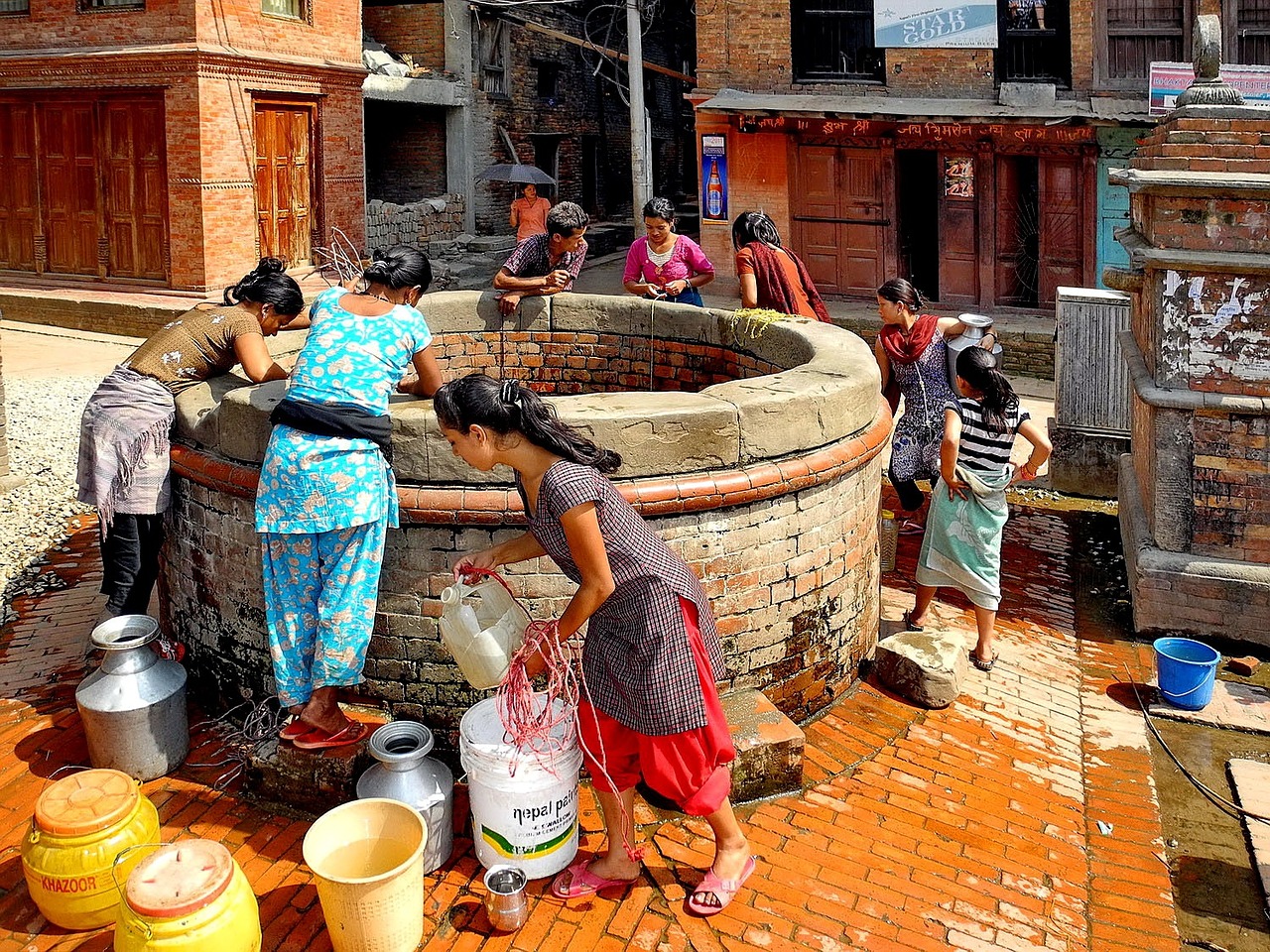
If one closely looks at the global data of distribution in land inequality between men and women, a similar pattern emerges in surface water utilization. Surface water use directly from the source is highest where the power dynamics between males and females is biased and unequal. Even though women and girls are responsible for water collection in 8 out of 10 households with water off-premises (JMP, Report 2017), the decision is in the hands of male members.
In the entire world, 844 million people don’t have access to clean water. We plan to bring them water coverage by 2030. To achieve this daunting task, special attention should be given to the needs of women and girls. Most successful water supply projects in male-dominated societies require convincing the male members of the society, even though the men have less of a stake and, thus, are less likely to be interested. It is not surprising to see studies showing women are more likely to experience wasted time, lost income, and water cutbacks due to water insecurity (Fletcher & Schonewille, 2015).
Globally, water supply services are managed either by the government, private sector, local community, or a combination of these proponents. The percentage of women making decisions at the water management level is significantly low, even though women have higher stakes in getting an improved drinking water supply and ensuring system maintenance. This power imbalance creates a barrier to improving water resource management (WRM). When provided with options, women often make better management decisions, which also leads to higher levels of household and per capita income, high immunization rates, literacy, and contraceptive prevalence rates.
By improving the participation of women in water management, including in key posts, water programs and policies can become more efficient and effective. In Bangladesh, female participation not only increased the longevity of water supply instruments but also played a significant role in arsenic mitigation in the water supply in the early 2000s. Increased female participation in local water supply committees increased accounting functions and had water systems with less leakage.
Involvement of women in key roles in the water committees has been associated with more regular meetings and revenue collection in Vanuatu. Timor-Leste showed a similar efficient utilization of resources when women were fully participating in water committees, bringing much better functionality than those with limited participation. In Uganda and Sierra Leone, better functioning of hand pumps was achieved when women were in the water committee. A positive correlation between water system sustainability scores and women’s participation in water committees was also found in the Dominican Republic (Schweitzer, 2013).
Water system performance also appears to be improved when women hold these key roles. The type of role held by women appears to influence these performance improvements. Regular occurrence of meetings was found to improve when women held the key posts. When empowered, women in China and Turkey adopted more water conservation practices than men, showing their ability to contribute towards SDGs.
The increase in women’s participation in the process increases other opportunities for women. Involvement of female workers in the water supply industry increased their job prospects for the future in developing countries. When women are involved in the water management process, it saves them daily time and effort. Not to mention, there is a health impact of the improved management practice.
There is of course, a flip side of it. In many parts of developing, male-dominated societies, water collection time is often the only instance that women enjoy freedom outside of their household and can socialize. Thus, the focus should be on female empowerment as a whole, not only limited to water management. Projects around the world show how women can contribute toward better water resource management, and being part of WRMs can empower women as well. Hopefully, national and international entities will work together to ensure greater female participation in the WRM process.









